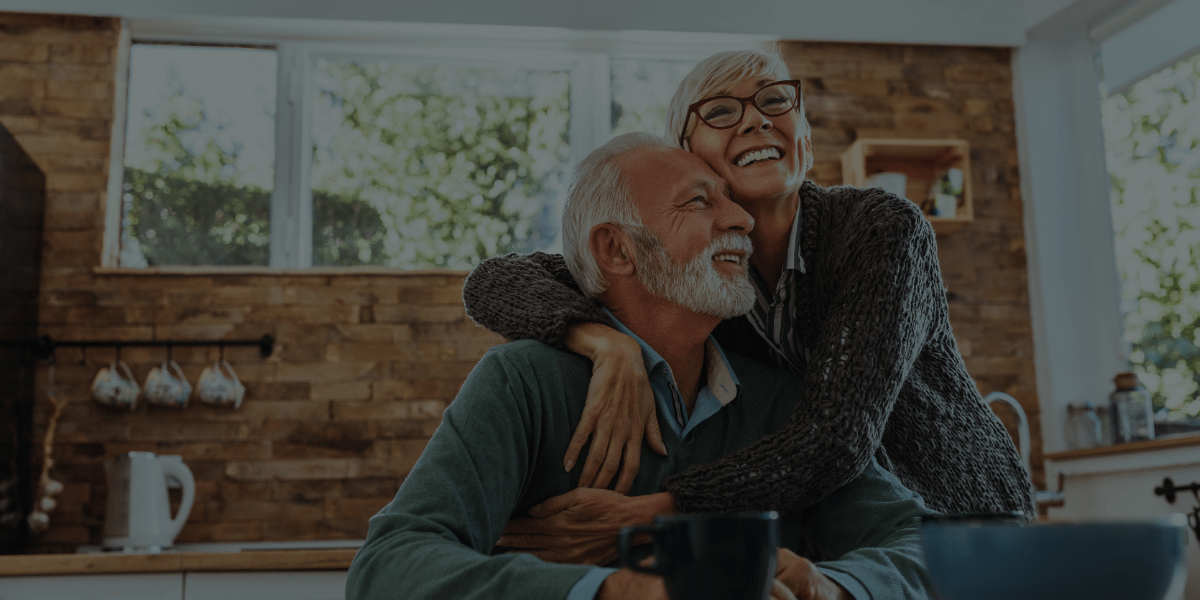It feels like it’s putting it mildly to say that the world has been turned upside-down since COVID-19 became a global pandemic. Everywhere you look, life as we know it has undergone radical changes. Unfortunately, the stats that have been released over the past several months are showing that specific demographics are much worse off.
In particular, the elderly are at particularly high risk. The data that’s been released on elderly mortality rates due to COVID-19 are nothing short of horrifying. The challenging circumstances presented by COVID-19 are drastically increased when you factor in a senior citizen’s old age and possible pre-existing conditions. Another risk factor is their living environment.
What is not necessarily being said outright is that a major contributing aspect to these statistics is where these seniors are residing.
Some nursing homes and assisted living facilities are not properly equipped to keep the elderly safe. Although facilities may set out to meet proper safety regulations, some are failing to meet even the most basic health and safety requirements.
Aging in Place, on the other hand, is an effective alternative!
Not only does this way of living allow our senior citizens to age gracefully and maintain their sense of independence; it also vastly improves their chances of staying safe from COVID-19!
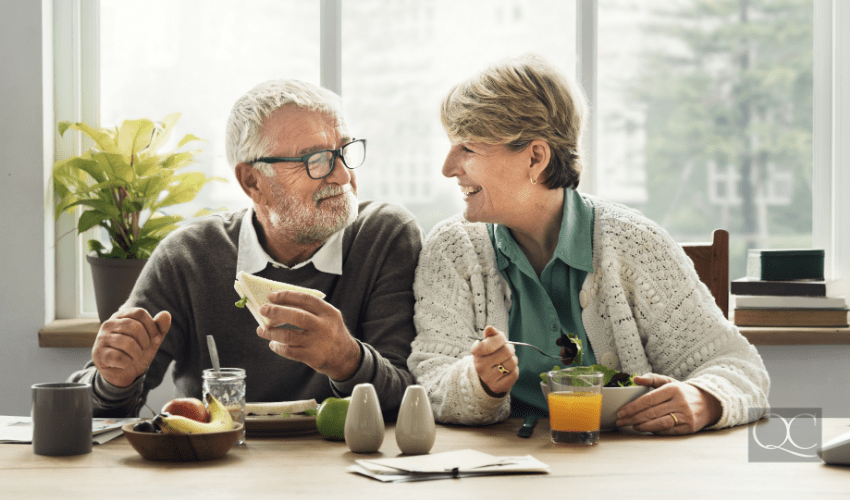
With the number of stats that have been released, we’d be here all day if we tried to list them all. However, we can certainly highlight a small handful. As you’ll quickly see, the findings are quite startling:
- A recent US analysis of state-by-state COVID-19 fatality reports has found that a whopping 42% of deaths have occurred at either nursing home or assisted living facilities.
- Across Canada, it’s been found that seniors homes account for 4 out of 5 COVID-related fatalities.
- Between April 10th to May 1st alone, The Care Quality Commission (which “regulates residential and respite care of the elderly and other vulnerable people”) reported 6,391 COVID-related deaths within UK nursing homes.
- More than one third of COVID-19 deaths in Spain have been care home deaths, whereas in Belgium, care home deaths account for over half of the pandemic’s victims.
Countless other reports are out there that are similar, but we think you get the idea. The unfortunate point is, in the majority of the world, nursing homes and assisted living facilities are some of the most at-risk living environments a person can be in during COVID-19.
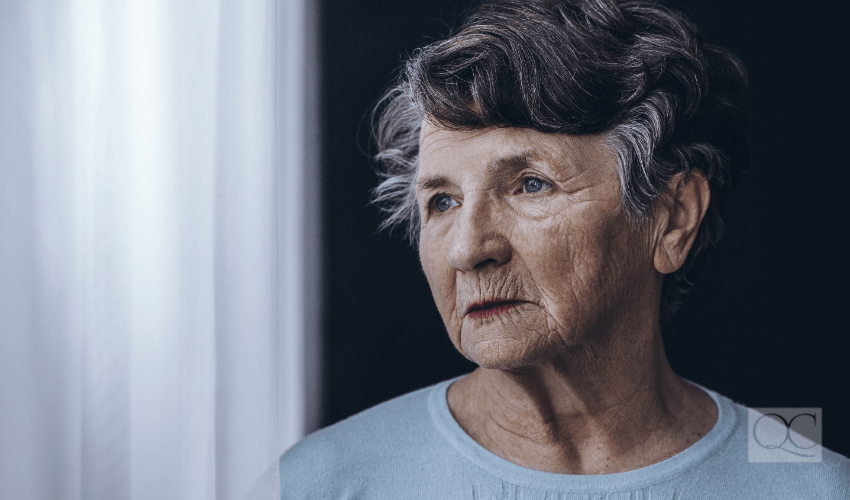
Why Seniors Are at Risk
A variety of risk factors are at play depending on the individual’s health, the facility itself, the country etc. Dealing with one risk factor is bad enough. Sadly, these senior citizens often face many negative circumstances at any given time.
The following are all elements that need to be considered, as any one of them can increase a senior’s chances of coming into contact with the virus within a care home:
Individual Factors
Physical
- Is the senior citizen already in poor physical health?
- Do they suffer from any respiratory conditions?
- How old are they?
- How much close contact assistance do they require from staff on a day-to-day basis?
Emotional/Psychological
- Are they relatively isolated? I.e. do they regularly have visitors, phone calls and/or video calls from family or friends? Or, are they alone the majority of the time?
- Do they suffer from any mental illnesses or conditions?
- What is their emotional state typically like? Are they typically happy, depressed, angry, etc.?
External Factors
The Living Environment Itself
- Does the nursing home and/or assisted living facility operate properly and keep everything up to code?
- Are the staff properly trained?
- Do the staff treat the seniors respectfully, or is there negligence and/or abuse involved?
- Does the facility have all of the proper tools and equipment needed to maintain the health and safety of its residents?
- What type of nutritional diet do they provide the residents?
- What are the rooms like? Do they promote beneficial, comfortable, and fulfilling living conditions?
- If tested positive for COVID-19, what are the protocols being put into place? When the disease is contracted, is that person forced into complete isolation within their (sometimes small) living quarters?
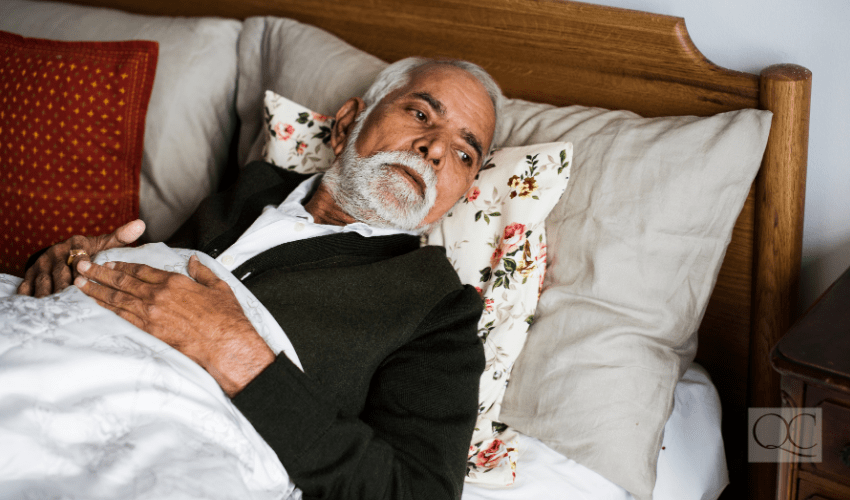
The Country of Residence
- What is this country’s general outlook towards the elderly?
- Do they prioritize senior citizens to the same degree as everyone else, or do they view them as being disposable?
- Is proper funding, assistance, and insurance being provided to these care homes, facilities, and/or residents?
- Are safety measures and protocols being taken to ensure nursing homes and assisted living facilities are minimizing their risk of exposure?
- Are they transferring COVID-19 hospital patients to care homes when hospitals are reaching full capacity? (Yes, this is a thing that’s actually happening in some parts of the world!)
It’s also worth shedding light on the direct correlation between mental health and physical health, too. Many seniors are placed into nursing homes and retirement facilities by family, rather than living there voluntarily.
Even for those who go at will, it may not be their ideal situation. It may be due to financial problems, or a lack of outside support. Perhaps their personal living space within the facility is an unhappy shift from the life and home they’ve always known.
Any of these circumstances are enough to cultivate a decline in mental health.
Add to this the isolation and general loneliness that lots of residents face on a daily basis. Some may feel as though they’ve lost their sense of independence and dignity. Some may be facing difficult health conditions, but are still completely capable of taking care of themselves. Being forced into a home can often take a toll on that person’s emotional state and sense of well-being.
Poor mental health can lead to a decline in physical health. If their physical health is already compromised, it can become much worse. It can even lower their immune system! All of this can attribute to making this individual even more prone to contracting a deadly virus that puts their life in mortal danger.
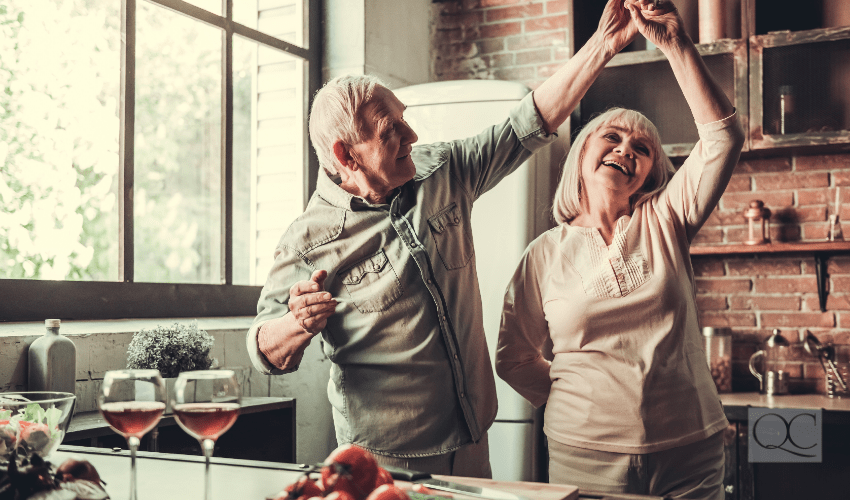
What is Aging in Place?
As we touched on above, Aging in Place (or AIP) is a terrific alternative to nursing homes and assisted living facilities. In essence, it allows an elderly individual to continue living independently, in an environment that’s been adjusted to their specific needs.
Instead of living somewhere that’s out of their control, and being cared for by a team of staff members, they get to continue taking care of themselves in their very own home, for as long as they possibly can.
There are typically 2 types of AIP clients:
- Proactive Aging in Place Clients – for those typically between 50 and 70. These are individuals who are planning ahead in order to maintain their independence for as long as possible.
- Retroactive Aging in Place Clients – often for those in their 70s or older. They may be experiencing some sort of progressive medical condition, or recently experienced a life-changing event, such as a fall, that now requires adjustments to be made within their home.
As an Aging in Place designer, it’s your responsibility to help provide a living space for your client that’s functional and practical, but also comfortable. Your job would typically involve these kinds of tasks:
- Assessing your client’s living space and providing recommendations for where things can be improved
- Implementing universal design, accessible design, and/or visitable design (depending on the client’s needs)
- Relying on your interior decorating skills to help personalize the living space in safe, practical ways
- Suggesting colors that may be more beneficial and/or soothing for the aging eye, or obtaining the assistance of a certified color consultant
- Offering professional organizing expertise for the purposes of decluttering, minimalizing the space, and/or helping your client move to a new home that better suits their needs
- And much more!
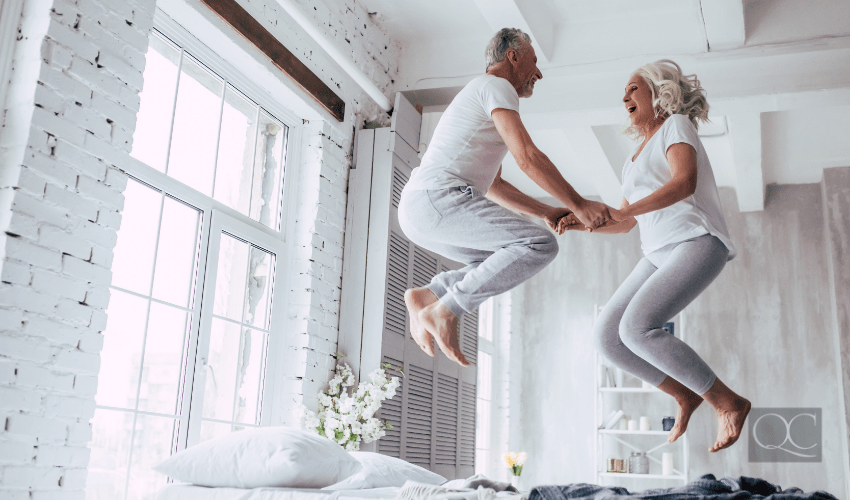
How Aging in Place Can Increase Safety for Seniors
For starters, Aging in Place allows an elderly individual to maintain a direct sense of control over their lives. In the face of a pandemic, this means that they can choose which measures are and are not taken. They get to keep their say in any choices that can directly affect them, such as abiding by strict social distancing rules.
By being able to continue living in their own home, their potential exposure to COVID-19 is drastically reduced. This is thanks to them not having to be in frequent contact with any staff members, other residents within a care home, etc. If ANY residents within a care home contract the virus, everyone else living there is then at risk of also getting it.
Living independently, however, eliminates that risk almost completely. Sure, it doesn’t guarantee that they may never come into contact with the virus through other means, like going for groceries for instance, but it does give them a better chance.
Of course, there are also the mental health benefits as well. After all, who doesn’t want to feel like they have control over their own life? Aging in Place provides the elderly with the opportunity to remain where they feel the most comfortable; in a home that truly is “home”.
As a designer, you know the importance of the home being your sanctuary. Being able to keep this stable foundation, and not having to part with it, is key to maintaining one’s mental health.
As such, not only does AIP promote healthy physical living, it promotes healthy emotional living, too! During COVID-19, you can help provide your clients with the best possible weapons to have in their fight to stay safe!
